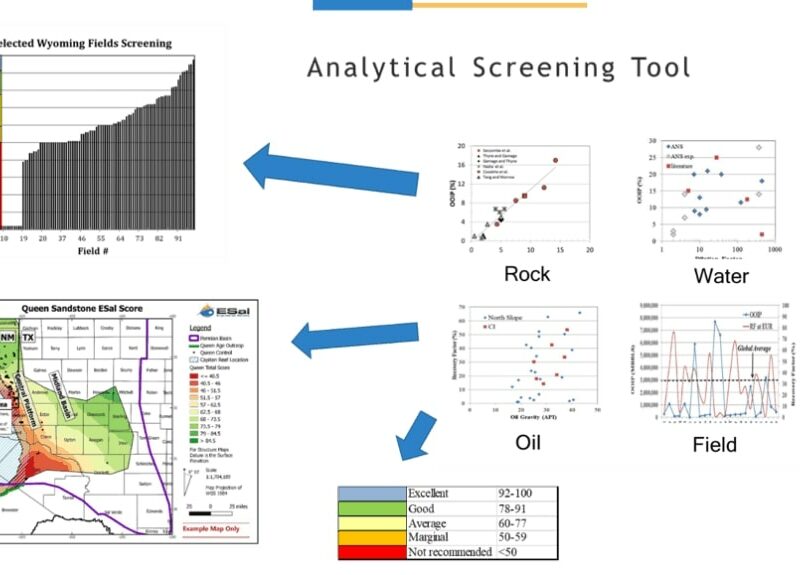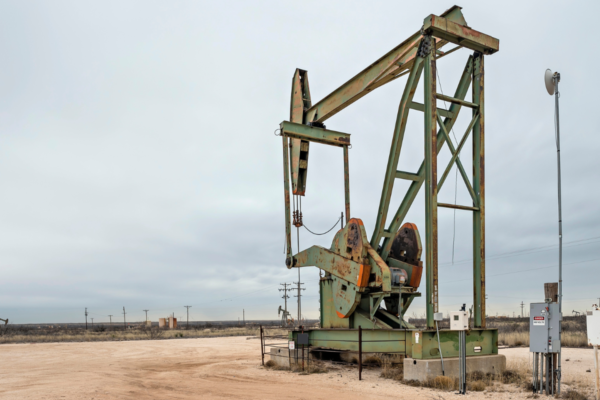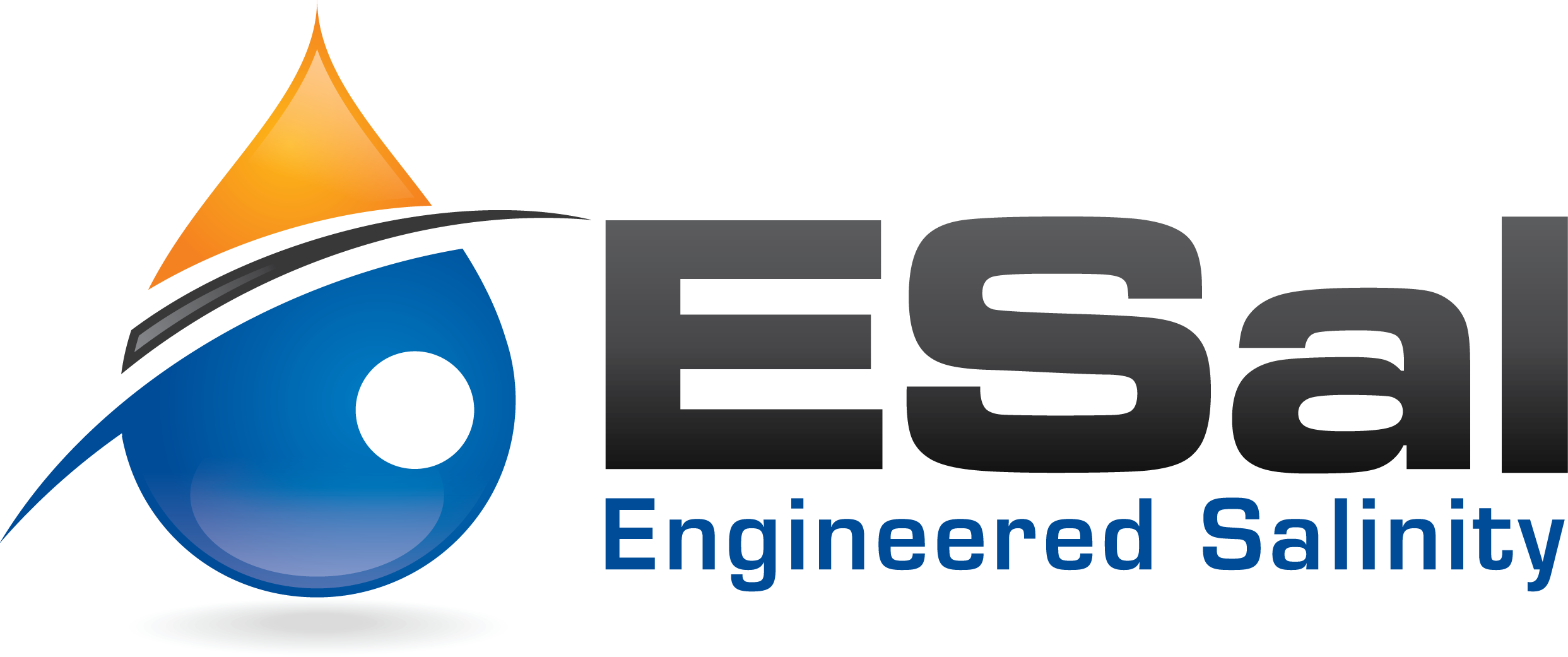Our Partnership Approach
A Superior Business Relationship with ESal
It's A Simple Principle:
We Don't Make Money
Until We Make YOU More Money.
That’s why we’ve built our business model around a simple principle: We don’t make money until we make you make more money.
Think about that for a moment. Until you see actual increased production from your fields after implementing our RightWater™ formulation, you don’t owe us a dime beyond the initial analysis costs. We’re putting our money where our mouth is because we know – and guarantee – that our technology performs to the benchmark commitments made prior to even beginning any operational changes.
Discovery and Assessment
We begin with a mutual NDA and initial engagement contract, where we learn about your specific challenges and field portfolio. This phase includes screening your field data and using our proprietary analytics to identify the most promising candidates for our technology. Of equal importance to us both, neither party benefits from implementations in unsuitable or even marginal field candidates. Within just 2-4 weeks, you’ll have clear visibility into which fields (if any) offer the best potential returns.

Precision
Laboratory Analysis
For fields showing promise, we conduct detailed laboratory testing using actual samples from your wells. Unlike generic solutions that treat all reservoirs the same, we analyze your specific field conditions to design a tailored approach.
This phase typically takes just one month, giving you quick answers without lengthy delays.

Economic Modeling with Real-World Accuracy
We know that in today’s economic climate, every investment must show clear returns. Our third phase provides comprehensive economic modeling and risk evaluation, giving you the data you need to make confident decisions.
We’ll show you exactly what to expect, with Monte Carlo simulations that reflect real-world variability.

Custom Solution Development
Once the economics make sense, we develop your custom RightWater™ formulation—a precise water chemistry prescription for your specific field conditions.
We work with your team to identify practical water sources and implementation methods that minimize disruption to your current operations.

Implementation and Verification
Throughout implementation, we remain your partner, working alongside your team to monitor performance against projections.
ESal’s accountability doesn’t end with deployment. We continuously analyze results and recommend refinements to maximize your returns.

A TRUE PARTNER. NOT JUST ANOTHER VENDOR.
We know you’re thinking:
“What if it doesn’t work? What if it damages my reservoir? What if implementation is a nightmare?”
We get where that skepticism comes from. You’ve seen vendors disappear after the sale, leaving your team to struggle with implementation. That’s not our approach at ESal.
Let’s address these directly:
Operational Risk: Our technology works with your existing waterflooding infrastructure. There’s no need for major capital expenditures or operational overhauls.
Reservoir Protection: We rigorously test fluid compatibility before implementation, preventing formation damage, scaling, or injectivity loss. In many cases, our RightWater™ formulation actually improves well conditions by reducing scaling and corrosion.
Implementation Flexibility: If at any point you decide to stop, you can immediately revert to your original procedures without any reservoir damage or operational complications.
Financial Risk Mitigation: Since our compensation is tied directly to increased production, your financial exposure is limited. If results don’t meet projections, you pay proportionally less.
From day one, we work as an extension of your team. Need help collecting field data? We’ll assist on-site. Concerned about sample collection? We provide easy-to-use kits for your field personnel. Looking for cost-effective implementation methods? We’ll explore options using your existing infrastructure and nearby water sources.
